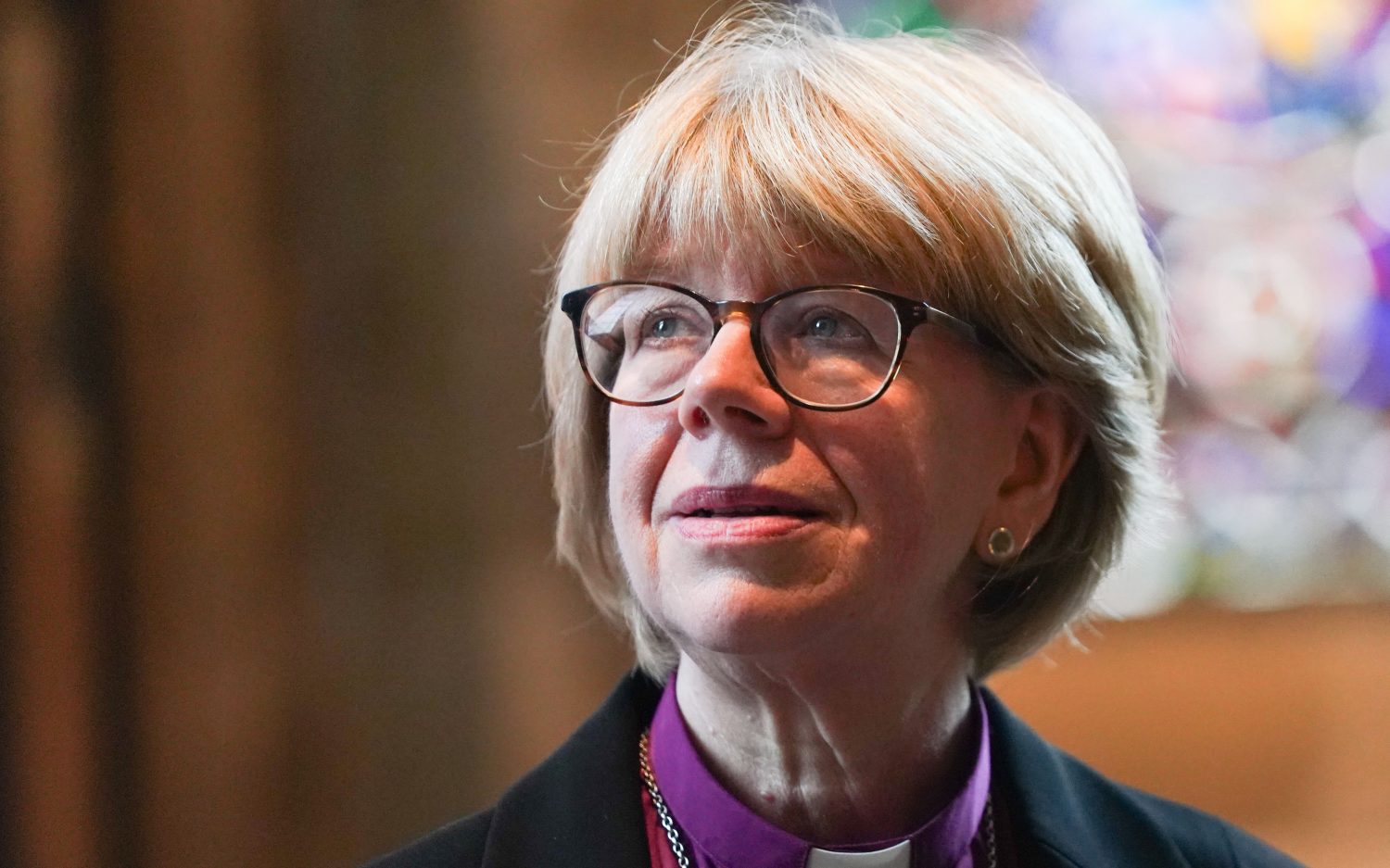Gettysburg faith addressed
The Old Dorm home sits on a ridge in the Gettysburg battleground. In the early summer of 1863, its residents fled the approaching fight. The son of the caretakers wrote that when they returned, they found the home “in use as a hospital, all the space in the large building was filled up with wounded soldiers.”
More than 600 Union and Confederate soldiers received treatment in that makeshift hospital. Old Dorm buildings also served as a surveillance post for Union General John Buford, commander of the cavalry. Starting on July 1, the 150th anniversary of the battle at Gettysburg, the Old Dorm home will reopen as Seminary Ridge Museum.
The completed project will cost $15 million, and is a joint effort of The Adams County Historical Society, the Seminary Ridge Historic Preservation Foundation, and The Lutheran Theological Seminary of Gettysburg, which owns the building.
According to Tripadvisor, Gettysburg is currently the 15th most popular attraction in the world, ranking above Spain’s Alhambra and China’s Great Wall. Museum visitors can explore the large field hospital, and view bones of an amputated hand, a knee joint, and surgical instruments of the time. With a guide, visitors can view the battlefield from the same vantage point as Buford did.
But the museum also invites visitors to see a side of Gettysburg history that few monuments and museums address—an entire floor focuses on freedom and faith.
About 750,000 soldiers died during the Civil War, many of whom quoted from and carried the Bible. “Here were these young men, caught up in these events, and trying to be as faithful as they could be as good Christians,” said Maria Erling, professor of church history at the seminary. “They were consoled by those faith commitments.”
The museum asks visitors to think harder about what freedom means and the moral conflicts surrounding war. “People have found it comfortable to find a way to think about the Civil War in terms of valor and heroism,” said Barbara Franco, executive director of the museum. “We want to really look at these other parts of it.”
An actual newsletter worth subscribing to instead of just a collection of links. —Adam
Sign up to receive The Sift email newsletter each weekday morning for the latest headlines from WORLD’s breaking news team.




Please wait while we load the latest comments...
Comments
Please register, subscribe, or log in to comment on this article.